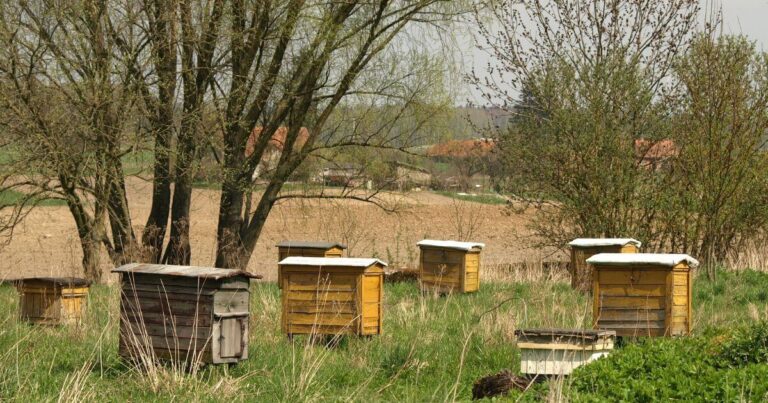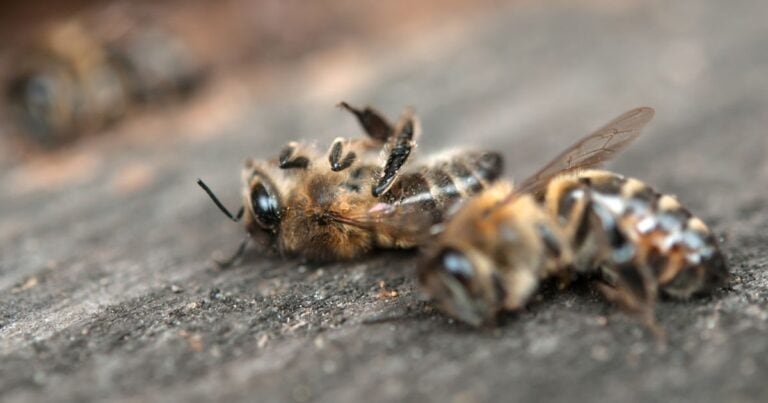The Bee Dance
The Bee Dance The honey bee has many tricks up its sleeve. Along with the almost alchemical nature of honey production, and the way royal…
The Bee Dance
The honey bee has many tricks up its sleeve. Along with the almost alchemical nature of honey production, and the way royal jelly can transform larvae into queen bees, the bee dance– or waggle dance– is perhaps the honey bee’s most entertaining performance. The waggle dance is an ethological term that describes the real-life jitterbug of the honey bee. Wriggling in short bursts, and moving about in a figure-eight motion, the waggle dance is not only charming, it is also a useful way for worker bees to exchange important information about available pollen supplies.
First recorded in 1946 by Austrian ethologist, Karl von Frisch, the waggle dance is a cooperative activity that directs worker bees to food. Let’s consider a scenario. Having returned from foraging, the worker has found flowers full of pollen. However, with full pollen sacs, the honey bee was unable to carry all the food back to the colony. In comes the waggle dance! The dance itself aims to express three main directives to other worker bees in the hive. Firstly, the dance expresses the direction of the pollen supply in relationship to the sun. As bee hives are positioned vertically, the bee with dance on a specific angle, towards or away from the sun, to express the direction other workers will need to travel in in order to find these flowers. Secondly, the dance will express how far the other bees need to travel; the more she ”waggles” or jiggles the further the distance needed to fly. For example, a one second waggle equates to an approximate foraging distance of 750 metres. Finally, the dance even communicates the type of flower the other workers need to look for, as the pollen collected in her pollen sacs omit a identifying scent cue.
As scientists have described, the waggle dance is an excellent example of multisensory convergence, central processing and motor coordination. However, seven decades after von Frisch’s discovery and the complexities of the waggle dance are not fully resolved, with scientists still recording the nuances of this navigational activity. In a recent study at Sussex University (2014), researchers decoded the waggle of thousands of honey bees, revealing that the area they covered foraging for food is approximately 22 times greater in the Northern summer (July and August) than in spring (March), and six times greater in summer than in the autumn (October). As honey bees experience challenges that diminish food supplies — be that climate or modern farming practices– the waggle dance is an intriguing, cooperative and unique communication method that helps sustain their existence.



